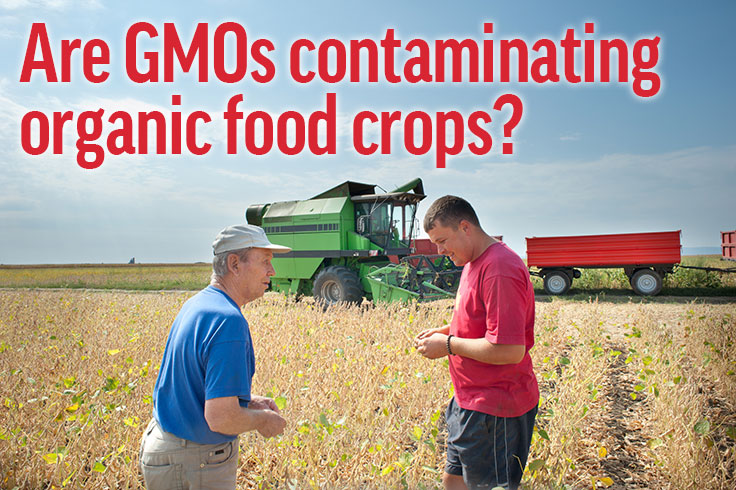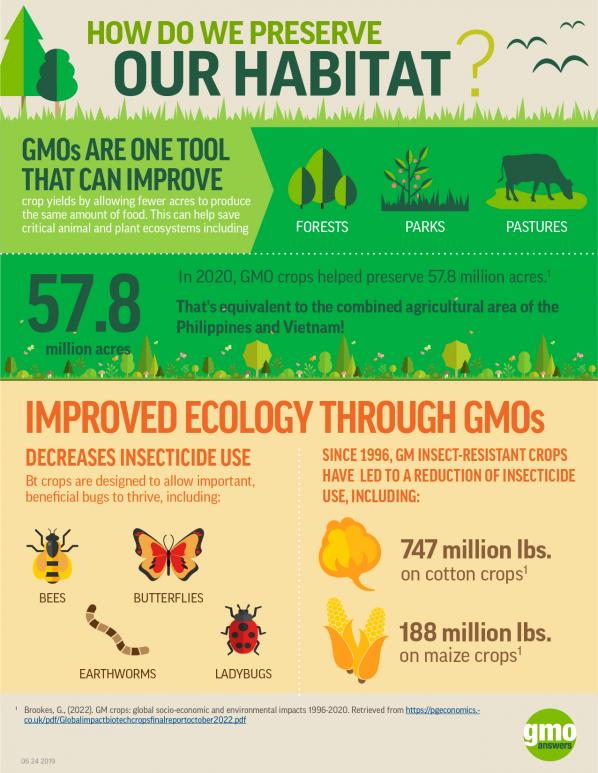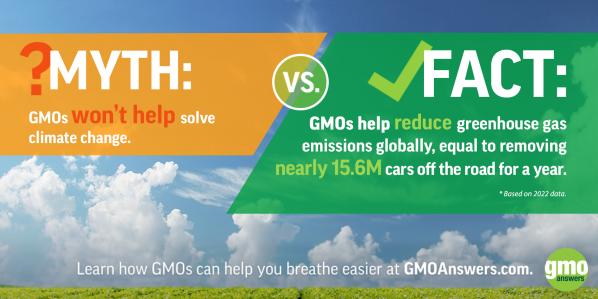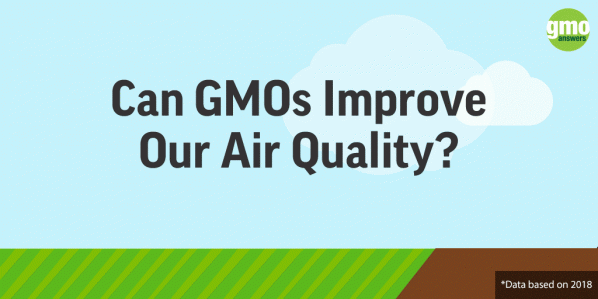Week #5 - Are GMOs contaminating organic food crops?
Top Consumer Questions about GMOs
View All as One Page
The proper management of organic, conventional and GM seeds is an important issue.
The coexistence of multiple production methods – organic, conventional and GM – is not a new concept. Farmers have been producing different types of crops next to one another before and since GM seeds were first introduced in 1996, and they work hard every day managing their farms to ensure each crop meets the appropriate marketing requirements.
Don Cameron, a farmer outside of Fresno, CA, grows conventional and GM seeds on the same farm. We asked Don to answer this question, and he explains what he does at the farm-level to avoid pollination from surrounding crops, and how different crop management systems play a role.
You can review Don’s full response here.
Clean seeds are a concern for organic farmers before planting, as well as pollen drift from neighboring fields during cultivation. As Don explains, “Organic does not equal zero presence of a GM trait. Low-level presence of a GM trait in organic production is allowed as long as the grower has followed the organic process necessary for organic production.”
Mary Mertz also farms with a combination of seed types—conventional and GM—and happens to do so next door to an organic farm. Mary states, “Organic and conventional farmers are all in the food production business together. We need to work together and respect each other’s farming practices. This entails communication, heightened awareness of weather conditions and being solution-oriented to prevent problems from occurring in the first place.”
You can read her full response here.
Additionally, a report from the American Seed Trade Association explains that, "Building upon many generations of experience, coexistence involves agricultural best practices that bring the greatest benefit to all along the agricultural value chain from seed developers to farmers and from retailers to consumers — from field to fork." The report reminds us that, "The coexistence of various production methods is not a new concept to the agricultural community," and that, "Farmers are accustomed to producing different crops next to one another." Read the full report for more information on the set of tools used to facilitate coexistence in the seed industry.
NPR also explores the comingling of organic and GM seeds in this story and explains that, “Organic producers typically do try to minimize the presence of GMOs, because their customers don't want them. It's usually not too hard to keep contamination to a very low level.”
Learn more from about the production, handling and labeling of organic products from the USDA’s National Organic Program.
For additional information on this topic, we recommend the following responses:
- Will cross-pollination effect other non-GMO crops? And if there are two fields next to each other, one GMO and one non-GMO; what is the likelihood of them cross-pollinating?
Answered by Scott Mundell: http://gmoanswers.com/ask/will-cross-pollination-effect-other-non-gmo-crops-and-if-there-are-two-fields-next-each-other - How does GMO manufacturers deal with DRIFTING? Drifting occurs when patented GMO seeds blow in an organic farmer's crop and contaminate it.
Answered by Scott Mundell: http://gmoanswers.com/ask/how-does-gmo-manufacturers-deal-drifting-drifting-occurs-when-patented-gmo-seeds-blow-organic - I only buy my family organic apples and Im worried that the new GMO apple will contaminate all other apples, including organic ones.
Answered by Neal Carter: http://gmoanswers.com/ask/i-only-buy-my-family-organic-apples-and-im-worried-new-gmo-apple-will-contaminate-all-other - What do you do when GMO seed gets blown on to a farm where the farmer was using non-GMO seed?
Answered by Kelly Clauss: http://gmoanswers.com/ask/what-do-yo-do-when-gmo-seed-gets-blown-farm-where-farmer-was-using-non-gmo-seed-famers-crop-then




